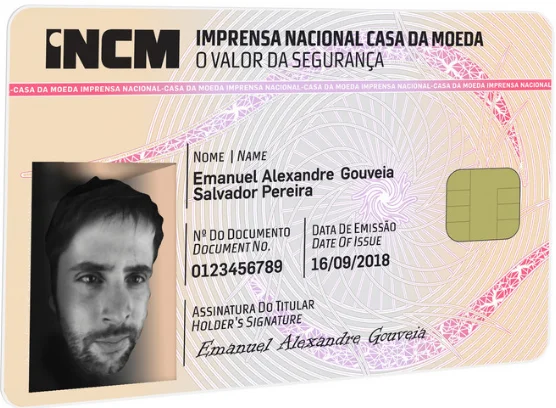
Project Status
Completed
Start Date:
2017-05-01
End Date:
2018-12-24
Funding Instituition
Imprensa Nacional Casa da Moeda (INCM)
Amount financed: 201 690€
© 2024 VISTeam | Made by Black Monster Media

Institute of Systems and Robotics Department of Electrical and Computers Engineering University of Coimbra